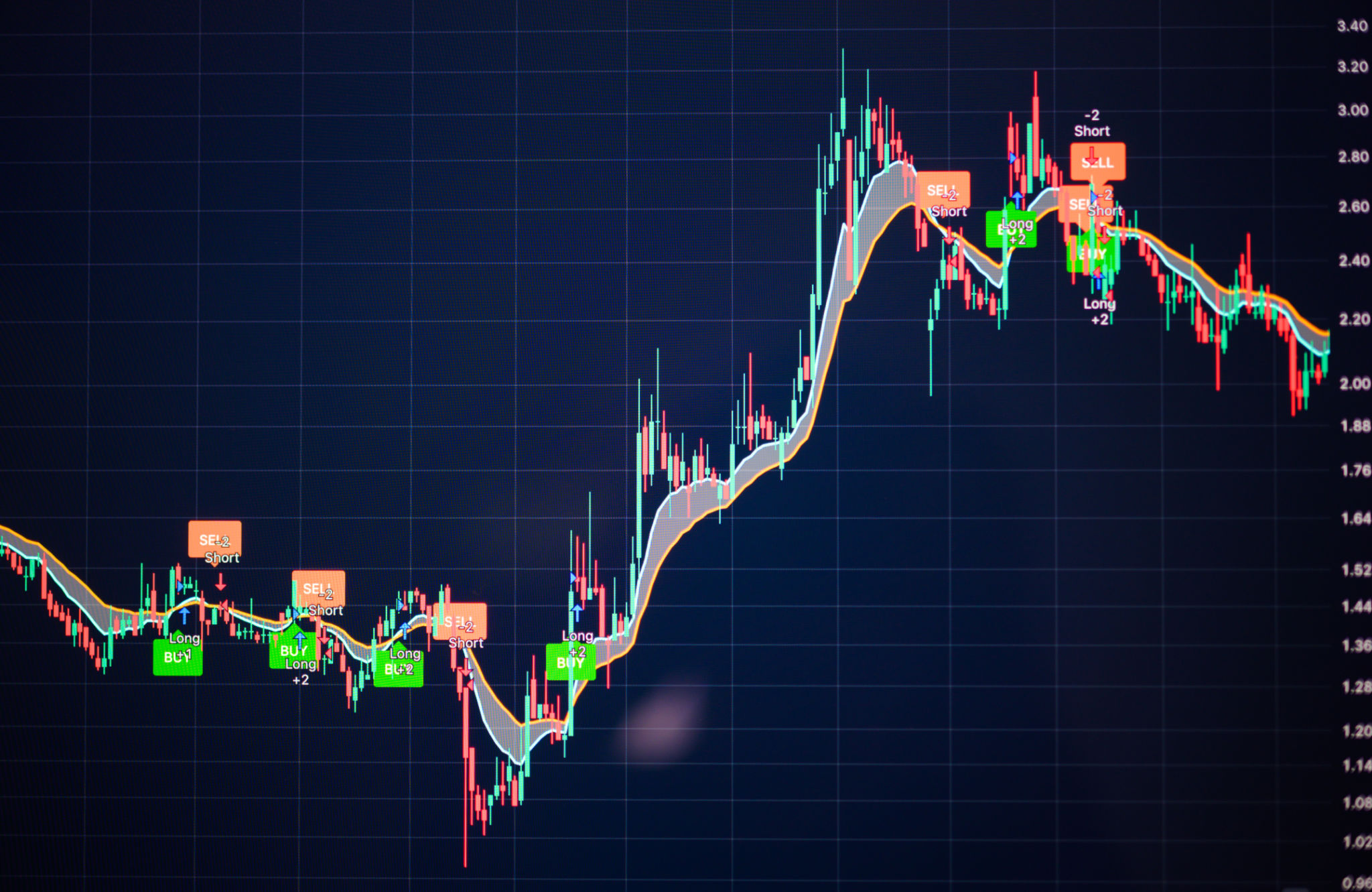Predictive Analytics in Marketing: Using AI to Forecast Trends and Sales
Understanding Predictive Analytics in Marketing
Predictive analytics is revolutionizing the marketing landscape by providing businesses with the ability to make informed decisions based on data-driven insights. By leveraging historical data and sophisticated algorithms, companies can forecast future trends and sales, allowing them to tailor their strategies for maximum impact.
In the realm of marketing, predictive analytics involves analyzing a wide range of data sources to predict consumer behavior, preferences, and purchasing patterns. This enables marketers to create more personalized and effective campaigns, ultimately driving increased engagement and revenue.

The Role of AI in Predictive Analytics
Artificial intelligence (AI) plays a crucial role in enhancing predictive analytics by automating data processing and improving the accuracy of forecasts. AI algorithms can sift through vast amounts of data in real-time, identifying patterns and trends that may not be immediately apparent to human analysts.
Machine learning models are particularly effective at identifying changes in consumer behavior, allowing marketers to adjust their strategies proactively. By continuously learning from new data inputs, these models become more accurate over time, providing businesses with a competitive edge in the market.
Forecasting Trends with Predictive Analytics
One of the most significant benefits of predictive analytics is its ability to forecast market trends. By analyzing past consumer behavior and external factors such as economic indicators, companies can anticipate shifts in demand and adjust their offerings accordingly. This proactive approach helps businesses stay ahead of their competitors and capitalize on emerging opportunities.

Predictive analytics also aids in identifying seasonal trends, enabling marketers to plan campaigns and optimize inventory levels effectively. By understanding when demand for specific products is likely to increase, companies can allocate resources more efficiently and enhance customer satisfaction.
Boosting Sales Through Targeted Marketing
Predictive analytics empowers marketers to identify their most valuable customers and tailor campaigns that resonate with them. By segmenting audiences based on predicted behaviors and preferences, businesses can deliver personalized content that drives higher conversion rates.
In addition to customer segmentation, predictive analytics can optimize pricing strategies. By analyzing historical sales data and market conditions, companies can set competitive prices that maximize revenue without sacrificing profitability.

Implementing Predictive Analytics in Your Marketing Strategy
Integrating predictive analytics into your marketing strategy requires a systematic approach. Here are some steps to consider:
- Data Collection: Gather comprehensive data from various sources such as social media, customer interactions, and sales records.
- Model Selection: Choose appropriate machine learning models that align with your business goals.
- Continuous Monitoring: Regularly update models with new data to ensure accuracy and relevance.
By following these steps, businesses can harness the full potential of predictive analytics to enhance their marketing efforts and drive sustainable growth.
The Future of Predictive Analytics in Marketing
The future of predictive analytics in marketing is promising, with advancements in AI and machine learning paving the way for even more sophisticated applications. As technology continues to evolve, businesses will have access to deeper insights into customer behavior, enabling them to develop highly targeted and effective marketing strategies.
Ultimately, predictive analytics will become an indispensable tool for marketers seeking to thrive in an increasingly competitive landscape. By leveraging these powerful technologies, companies can unlock new opportunities for growth and achieve long-term success.
